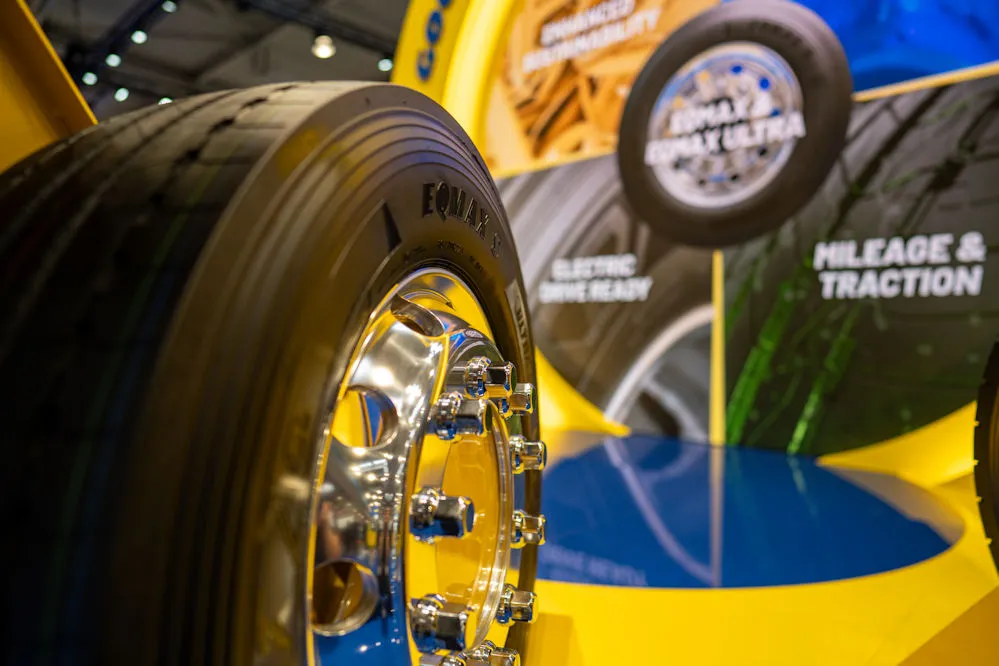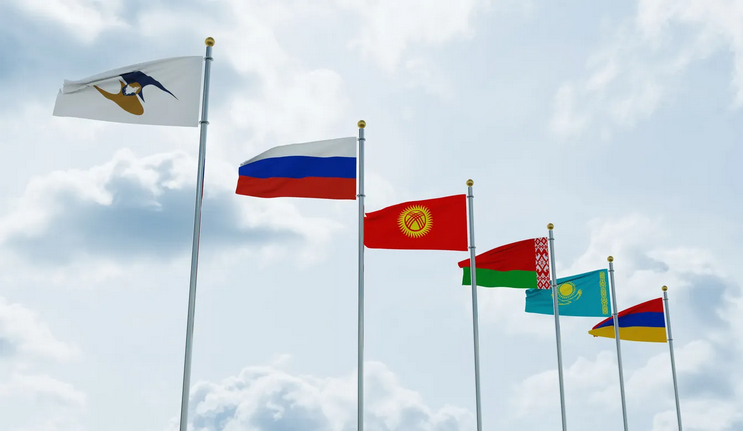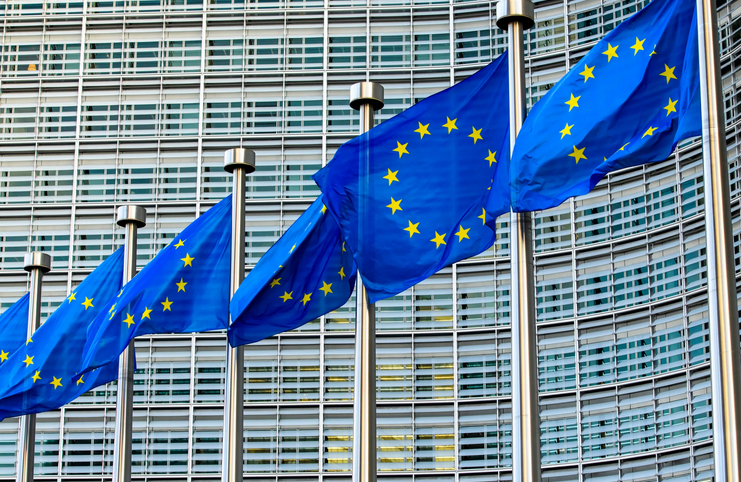In our short series on sustainability, we asked key tyre manufacturers for their position on the topic. Goodyear was one of the manufacturers who took time to respond to our request
Goodyear is at the forefront of sustainability in tyre manufacturing
On the initial question on what sustainability meant to Goodyear, their corporate response set their approach out as an integral element of their corporate policy.
Rob van Leersum, General Sales Manager Replacement Truck Europe North advised; “At Goodyear, we define sustainability as responsibly balancing environmental, societal and financial demands without compromising the ability to meet the needs of future generations. We are committed to ethical and sustainable practices designed to protect our people and the planet, and we are dedicated to providing a safe and healthy workplace. Our associates use this definition to guide our work with our customers, the communities in which we live and work and those with whom we collaborate.”
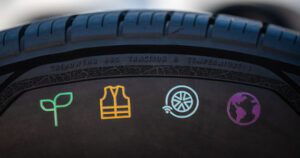
Sustainability starts with natural rubber, and the production of natural rubber in vast plantations is key to the future of the tyre industry. If there are no plantations, then there is no sustainability. We asked Goodyear: How does your sustainability drive impact upon rubber plantations and the need for ongoing harvesting. How can you encourage young people to stay on plantations rather than move to the cities? Is there a need to grow plantations?
“Goodyear does not own any rubber tree plantations, but we have taken actions as a purchaser of natural rubber. Our Natural Rubber Procurement Policy aligns with the Global Platform for Sustainable Natural Rubber‘s (GPSNR) Policy Framework, showing our commitment to sustainability in our supply chain.,” said van Leersum. “Our Natural Rubber Procurement Policy applies to Goodyear and our affiliates. Key principles include:
- Supporting and protecting the rights of workers, including contract, temporary and migrant workers, landowners and local people;
- Promoting responsible land acquisition and management that is free from deforestation and land grabbing;
- Promoting practices that lead to the ability to trace natural rubber through the entire supply chain;
- Promoting the use of responsible and sustainable production techniques;
- Promoting the best available growing and harvesting techniques;
- Supporting the livelihoods of smallholders; and
- Regularly auditing and working with our supply chain to ensure policy compliance.”
A number of tyres have been produced with alternative sources of filler – rice husks come to mind. Do these alternative fillers impact upon the retreadability or recyclability of the tyres.
In the context of the drive to sustainability, van Leersum responded; “We are committed to responsibly managing the materials we use for our operations and products. That includes our efforts to source sustainable natural rubber and increase our sustainable material usage. Product quality, safety and customer satisfaction are our ultimate goals. We actively seek sustainable material options that deliver product performance while meeting our high standards of quality and safety.”
Of course, the tyre and rubber industry is dynamic and there is a slow but constant change flowing through the sector that requires ongoing oversight of the dynamics of the industry.
van Leersum adds; “We actively review definitions and standards that continue to mature. The company currently defines a sustainable material as bio-based (originating from biological sources); renewable (composed of replenishable biomass); or recycled (reprocessed from reclaimed materials) material as defined in ISO 14021; or one produced using or contributing to other practices designed to promote resource conservation and/or emissions reductions.”
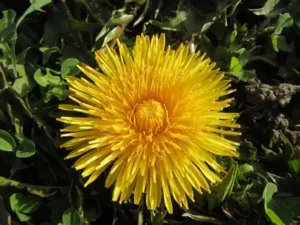
Goodyear has been one of the protagonists in developing alternate sources of raw materials. There are a couple of alternatives for latex – the Guayule plant and Russian Dandelions – How do these fit into your sustainability aims? Are there questions about the sustainability of either of these sources – The Guayule grows in the desert, but still needs precious water for irrigation – if the desert can be irrigated, is using it for guayule the optimum use of that land?
In response to that particular question, van Leersum stated; “In 2022, Goodyear announced a multi-year, multi-million-dollar program supported by the U.S. Department of Defense (DoD), the Air Force Research Lab (AFRL) and BioMADE to work with Ohio-based Farmed Materials to develop a domestic source of natural rubber from a specific species of dandelion. The program builds on research that analysed more than 2,500 species of plants but found only a few with properties suitable for use in tires. Taraxacum koksaghyz, a species of dandelion known as TK, has proven to be a valuable alternative to natural rubber trees.
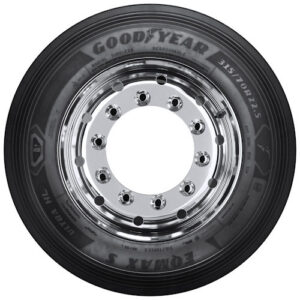
There are releases almost daily about the latest sustainable tyres from many different manufacturers. One recently spoke of a new 70% sustainable tyre, but the recycled content was only 1.89% ( of which part would be steel, and part possibly PET, as well as rubber derived elements) – If that is the level of recycled content of a 70% sustainable tyre, and the industry is producing 1.7 billion tons of tyres or more annually, how can the tyre industry be sustainable and circular? How does the tyre industry help build circularity in end-of-life tyres.
“Goodyear plays an important role in managing ELT at our own locations and through promoting the proper recovery and reuse of ELT as a raw material in new tyres. However, proper ELT management requires a multi-stakeholder approach because tyre replacement often occurs in locations outside of a tyre manufacturer’s control, and ELT management involves many actors along the value chain,” stated van Leersum
On its part, Goodyear:
- Promotes the proper management of ELT in our company-owned retail locations;
- Conducts research to explore the development of ELT recovery methods and the use of ELT as a raw material to advance product design;
- Continues to investigate recycling opportunities beyond current applications; and
- Actively collaborates with industry peers through the Tire Industry Project and regional tire trade associations to advance industry-wide ELT management systems.
van Leersum concluded; “The proper recovery and reuse of ELT help to contribute to a circular economy, where they can be a useful resource. Goodyear looks at tyre-to-tyre circularity, which we define as transforming materials from end-of-life tyres into those that can be used again to make new tyres. In 2024, we were able to demonstrate our ability to reach 34 per cent tyre-to-tyre circularity via modelling and compounding in our lab.”
That 34 per cent modelled in the lab may have some way to go before it reaches the tyres that the consumers can buy. It is a step in the right direction, but there remains a large shortfall in tyres that can be recycled back into tyres, which raises questions best left to our sister publication, Tyre and Rubber Recycling.

